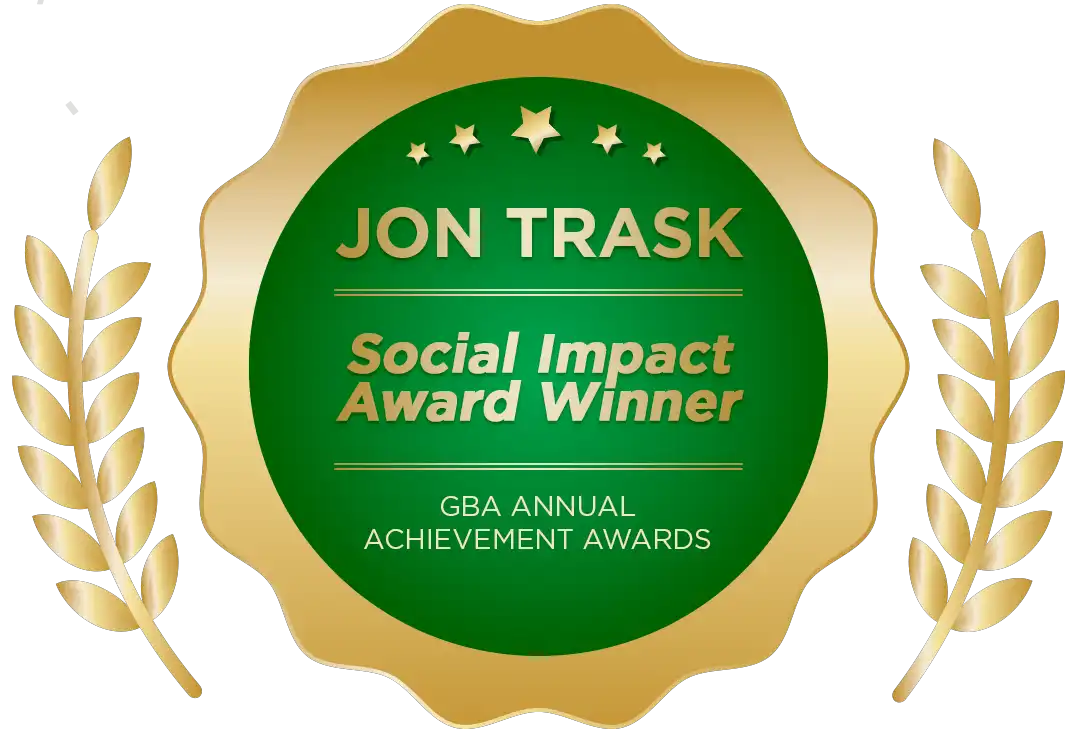AI in Farming
Increase Yield, Reduce Cost, Mitigate Risk, Increase Compliance.
“Every smallholder farmer, regardless of economic status, should be able to benefit from simple, beautiful, and useful technology.. because when farmers thrive economies thrive."
- Jon Trask, CEO - Dimitra


